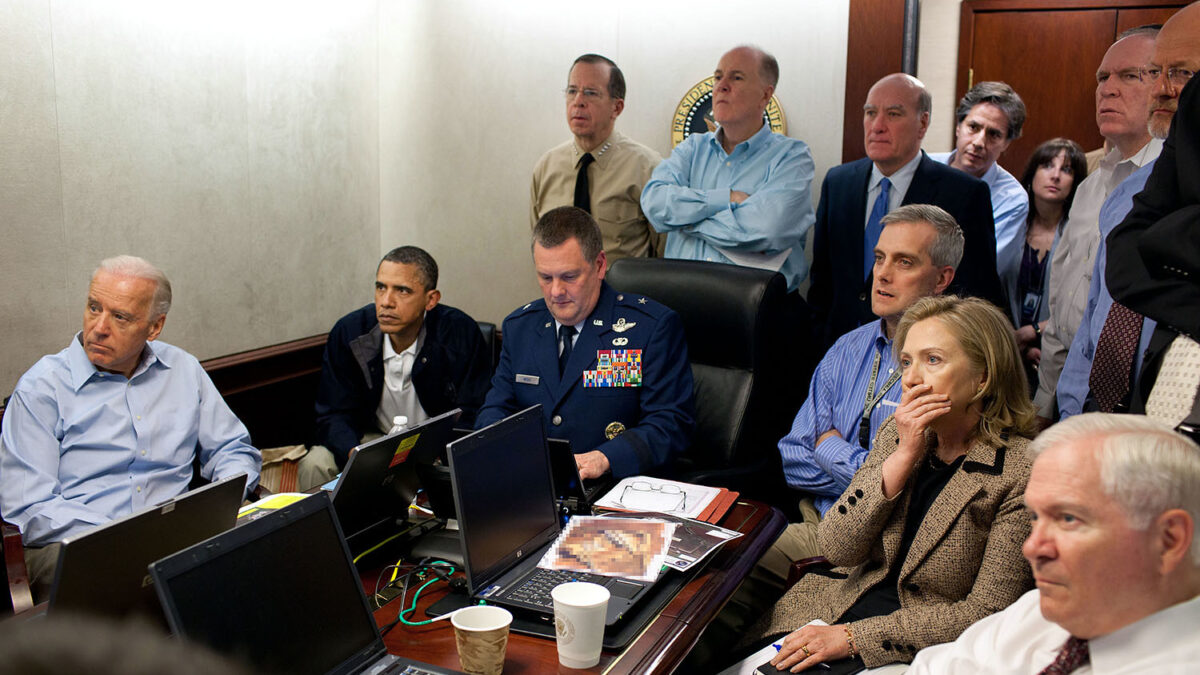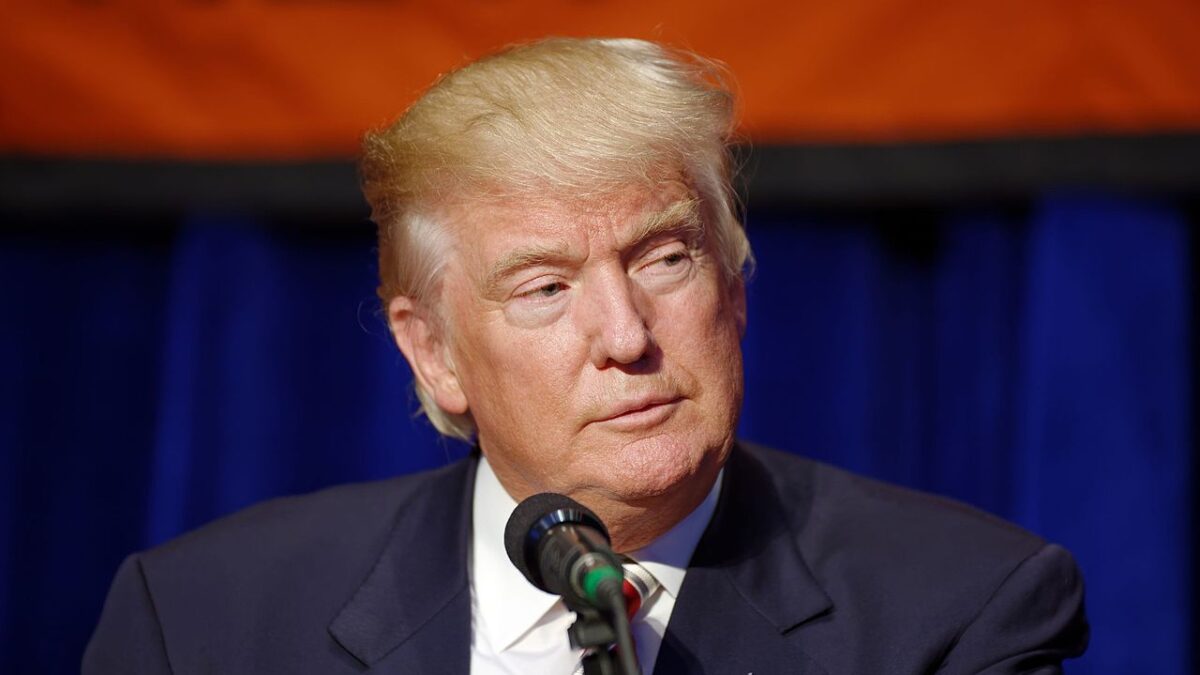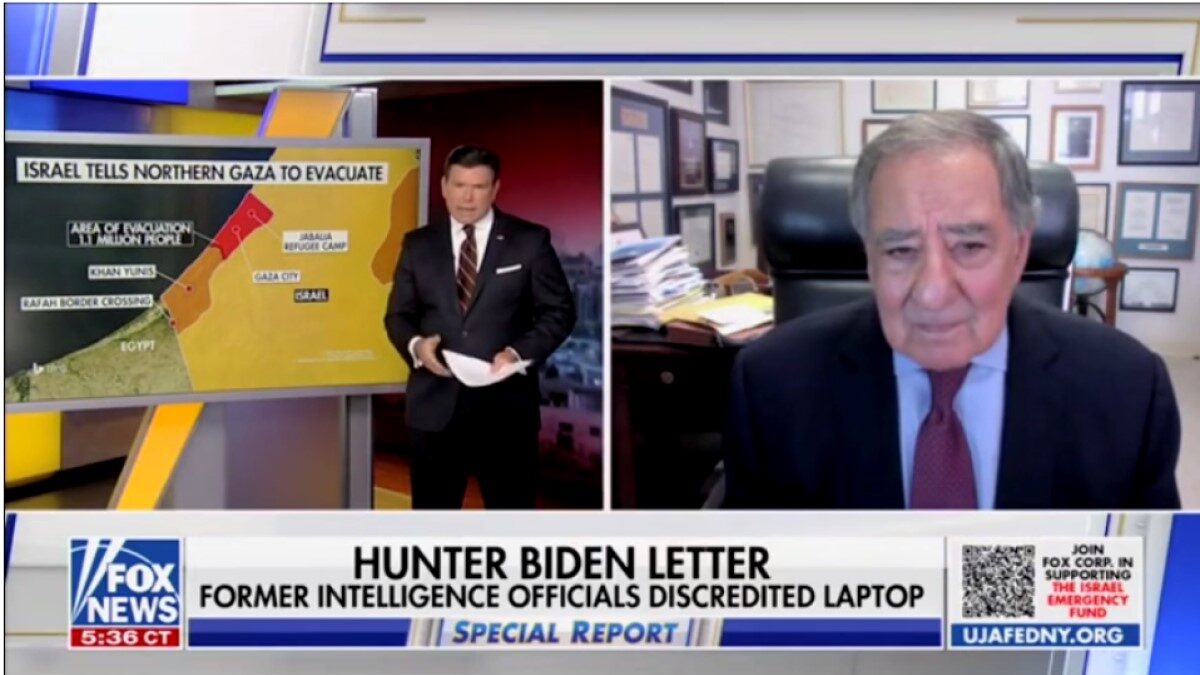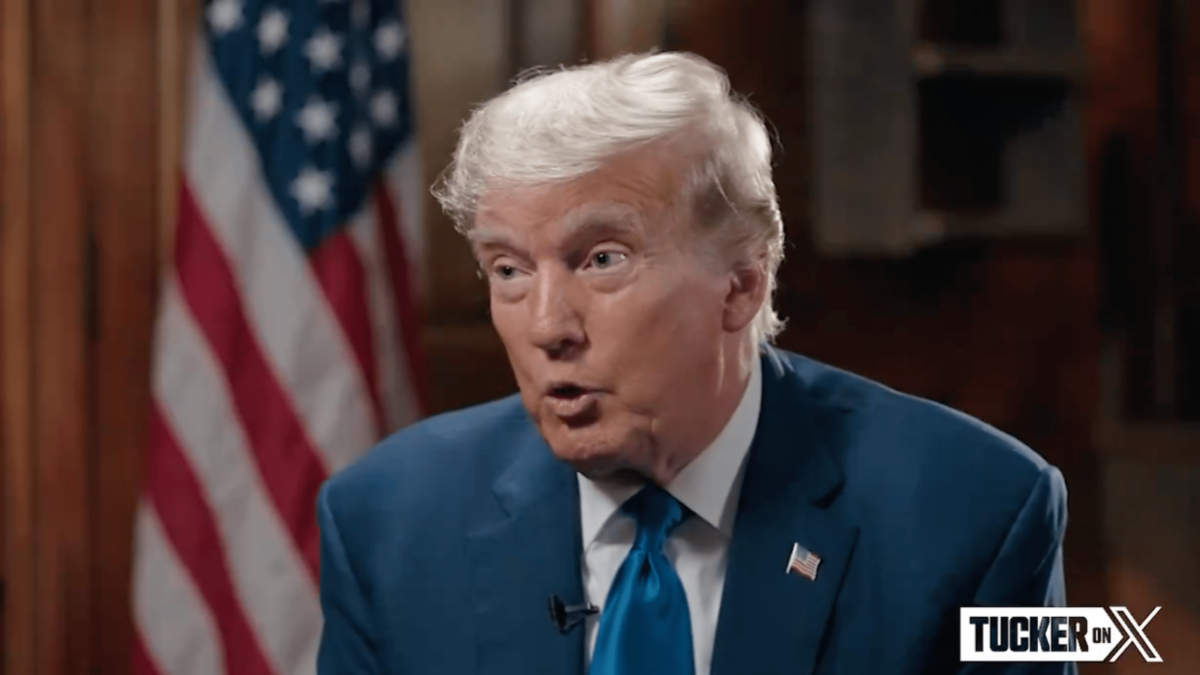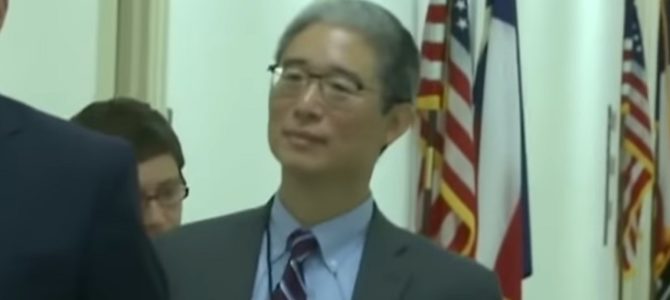
A senior Department of Justice official says he repeatedly and specifically told top officials at the FBI and DOJ about dossier author Christopher Steele’s bias and his employer Fusion GPS’ conflicts of interest, information they kept hidden from the Foreign Intelligence Surveillance Court. These conversations involved high-level officials, including some who are now senior officials in the special counsel probe. And the conversations began taking place in the earliest days of August 2016, much earlier than previously revealed to congressional investigators seeking to learn the facts about the FBI’s decision to spy on the Trump campaign.
Testimony from Bruce Ohr, the demoted associate deputy attorney general at Justice, informs a years-long partisan debate about the role he played in funneling information to the FBI from the terminated source.
Republicans on the House Permanent Select Committee on Intelligence, led by Rep. Devin Nunes, R-Calif., expressed concern in February 2018 about Ohr’s role in their memo warning about abuses of the process by which the federal government spied on Trump affiliates. They claimed the high-ranking Justice official was in contact with Steele after the foreign actor had supposedly been terminated with cause as the primary source of negative and outlandish information on Trump.
They also said Ohr, whose wife worked for the very same information operation that Steele did, had shared critical information about the source that did not appear in the applications to spy on Carter Page. Finally, they claimed that Ohr funneled to the FBI his wife’s opposition research, which had been secretly bought and paid for by the Democratic National Committee and the Hillary Clinton Campaign.
All of that is true. If anything, it understates what Ohr admitted to congressional investigators.
Meanwhile, Democrats on the committee, led by Rep. Adam Schiff, D-Calif., said the Republican majority overstated Ohr’s role. They claimed Steele’s conversations with the FBI “occurred weeks after the election and more than a month after the Court approved the initial FlSA application.”
In fact, Ohr met with Steele on July 30, 2016, and initiated discussions with top officials within days, continuing to share information from and about the supposedly terminated source, not just through the election but well into the first year of the Trump administration.
Early Meetings With Top Officials
Shortly before Ohr’s testimony in August, The New York Times took part in a bizarre effort to get investigators looking elsewhere. Reporters Michael Shear, Katie Benner, and Nicholas Fandos claimed that it was a “conspiracy theory” to view him as having a role in the Trump dossier saga.
Ohr is an interesting character in the Russia-Trump collusion investigation because his role was unknown for a long time. The former top career official at the Department of Justice was a 27-year veteran with no role in counterintelligence operations. Initially, the FBI and Department of Justice claimed he had no involvement in the probe, despite his marriage to a Fusion GPS contractor. Then they claimed his role was unique and was unknown by others in the department.
It turns out that Ohr kept top officials at both the FBI and Department of Justice apprised of his conversations with Steele, passed along electronic and written materials from multiple Fusion GPS employees, and shared key information that was excluded from the FISA application to the courts.
According to Ohr’s testimony, just days after his July 30, 2016, meeting with Steele, he sought out top FBI officials. His first meeting involved none other than Deputy Director Andrew McCabe, who later lost his job for lying about some of his leaks to reporters. Shortly thereafter, Ohr met with top Justice Department officials, including two who now serve on the special counsel.
Mr. Gowdy. How did you find out who to meet with? Who did you call to find out.
Mr. Ohr. So, prior to that meeting, I had — okay. After the July 30th meeting with Chris Steele, I wanted to provide the information he had given me to the FBI. I reached out for Andrew McCabe, at that time, deputy director of the FBI and somebody who had previously led the organized crime, Russian organized crime squad in New York and who I had worked with in the past, and asked if he could meet with me.
I went to his office to provide the information, and Lisa Page was there. So I provided the information to them. And some point after that, I think, I was given Peter Strzok, or somehow put in contact with Peter Strzok.
Mr. Gowdy. And that would have been when?
Mr. Ohr. I don’t recall the exact date. I’m guessing it would have been in August since I met with Chris Steele at the end of July, and I’m pretty sure I would have reached out to Andrew McCabe soon afterwards.
Ohr also admitted he was talking to top DOJ officials about his chats with Steele and Fusion GPS’ Glenn Simpson. (For what it’s worth, Simpson testified under oath that he had not met with Ohr during the campaign but Ohr testified that the two did meet during the campaign.)
Mr. Gowdy. Who at the Department knew that you were talking to Chris Steele and Glenn Simpson?
Mr. Ohr. I spoke with some people in the Criminal Division, other career officials who dealt with some of these matters. So —
Mr. Gowdy. Any of them have names?
Mr. Ohr. Yes. So I was about to tell you. One of them was Bruce Swartz, who is the Counselor for International Affairs in the Criminal Division; a person who was working with him at the time, working on similar matters in the Criminal Division was Zainab Ahmad; and a third person who was working on some — some of the matters I believe was Andrew Weissman.
Bruce Swartz was deputy assistant attorney general in the criminal division. Andrew Weissmann was the head of the criminal division’s fraud section. A top official on the special counsel, Weissmann is known for destroying the 85,000-employee Arthur Andersen before the Supreme Court unanimously overturned the conviction he got. Zainab Ahmad also works for the special counsel. She previously worked for none other than Attorney General Loretta Lynch, as this glowing profile of her in The New Yorker details.
That Ohr was briefing one of Lynch’s top deputies, and heads of various divisions, counters the previous narrative that Justice officials were in the dark about Ohr’s work. That it took place in late summer refutes the claims he only got involved after the election. Ohr also testified that he met with Peter Strzok and others.
Revealing Bias
In conversations with various members, Ohr claimed he repeatedly made it clear to the FBI that the information was not verified, risked bias, and had been obtained under political circumstances.
He said he was open about his relationship with Steele and Simpson and about the fact his wife was on Simpson’s payroll, working on the same project Steele was. Asked if they were aware of Steele’s bias against Donald Trump, Ohr said “I provided information to the FBI when I thought Christopher Steele was, as I said, desperate that Trump not be elected. So, yes, of course, I provided that to the FBI.” He said he told the bureau that Simpson was doing opposition research against Trump.
Rep. John Ratcliffe, R-Texas, asked specifically about what the FBI had been told before their first FISA application. He said, “So, again, so the record is clear, what the Department of Justice and the FBI was aware of prior to the first FISA application was your relationship with Christopher Steele and Glenn Simpson, your wife’s relationship with Christopher Steele and Glenn Simpson, Mr. Steele’s bias against Donald Trump, your wife’s compensation for work for Glenn Simpson and Fusion GPS, correct?”
Ohr conferred with his lawyer but said, “Right,” and went on to list the things he told the FBI, including “At some point, and I don’t remember exactly when, I don’t think it was the first conversation, I told them that Chris Steele was desperate that Donald Trump not get elected. So those are all the facts that I provided to the FBI.”
He went on in other lines of questioning, such as this one from Rep. Trey Gowdy, R-S.C.:
Mr. Ohr. So when I provided it to the FBI, I tried to be clear that this is source information. I don’t know how reliable it is. You’re going to have to check it out and be aware. These guys were hired by somebody relating to — who’s related to the Clinton campaign, and be aware —
Mr. Gowdy. Did you tell the bureau that?
Mr. Ohr. Oh, yes.
Mr. Gowdy. Why did you tell the bureau that?
Mr. Ohr. I wanted them to be aware of any possible bias or, you know, as they evaluate the information, they need to know the circumstances.
Mr. Gowdy. So you specifically told the bureau that the information you were passing on came from someone who was employed by the DNC, albeit in a somewhat triangulated way?
Mr. Ohr. I don’t believe I used — I didn’t know they were employees by the DNC, but I certainly said, yes, that — that they were working for — you know, they were somehow working associated with the Clinton campaign. And I also told the FBI that my wife worked for Fusion GPS or was a contractor for GPS, Fusion GPS.
Mr. Gowdy. And, again, you thought it was important to tell the bureau that for bias —
Mr. Ohr. Yes.
Mr. Gowdy. — motive, interest in the outcome, all of the reasons that you have to produce —
Mr. Ohr. Yes.
Mr. Gowdy. — not complimentary information?
Mr. Ohr. Yes.
This information did not make it into the FISA applications, which asserted on the basis of an unverified dossier that Page was an agent of Russia. Carter Page, whom the U.S. government spied on for at least a year, has not been charged with any crime.


